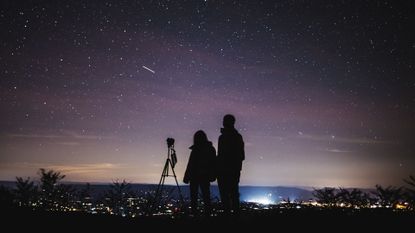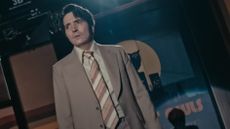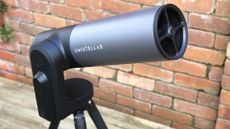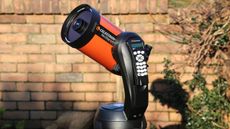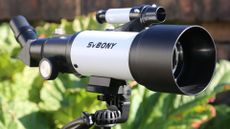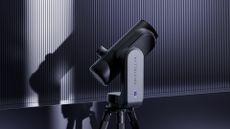Are you ready to buy a telescope? If you’ve an interest in the night sky then it’s only natural to begin thinking about investing in a telescope. So why do so many of them end up gathering dust?
It’s because people buy them without first learning a few things about both telescopes and the night sky. Spend a few years stargazing with your naked eyes and binoculars, which will each help reveal a new layer of stars and other objects. Only then is it time to look for the best telescope (or the best telescope for beginners).
The most common two types of telescope are reflectors and refractors, which use mirrors and lenses to collect and focus light, respectively, but there’s a lot more to know about telescopes before you make a purchase. Here are the most common mistakes people make when choosing a telescope:
- How to choose your first telescope
- Binoculars vs telescopes: which is better for stargazing?
- What to aim your telescope at: your guide to exploring the night sky
1. Expecting it to be cheap and easy to use

Operating a telescope won’t come naturally to you. They need to be aligned, aimed accurately, focused and occasionally even calibrated and cleaned. The best advice is to join an astronomy club well in advance of buying a telescope so you can learn what to expect and get to know the various types, what they’re best for and how much you should be paying for a good one.
Whatever you choose to spend on a telescope, avoid the temptation to pair it with loads of new eyepieces and accessories. They’re usually not worth the money, at least at the start, so are best left for later when you’ve gone as far as you can with your existing set-up.
2. Expecting everything to look huge

NASA’s images from the Hubble Space Telescope may look stunning, but they set expectations very high for all small telescopes. Not only do objects in the night sky look small, but they’re also very often upside down because the image is inverted. It doesn’t make much difference from an observing point of view, but it does make adjusting a telescope’s field of view rather tricky at first because up is down and left is right.
The mark of a good telescope is not magnification, but the size of its main lens or mirror. This is its aperture, and it’s typically measured in both millimetres and inches. For instance, back garden telescopes start at about 76mm/3 inches and go up to (and beyond) 254mm/10 inches. The bigger this aperture, the more light will get into it and the more detail your telescope will show you.
3. Not knowing what you want to do
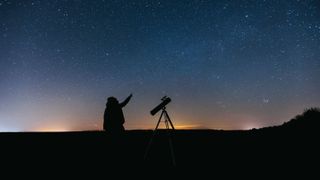
What do you want to see in the night sky? If the answer is ‘everything’ then you’re going to be disappointed. Different telescopes are suited to different kinds of objects, with a telescope’s aperture and focal length equally as decisive in what you’ll practically be able to see.
You can definitely find a good compromise telescope, but if, say, you specifically want to study the Moon and the planets then you should only be looking at buying a telescope with a long focal length (the distance from the objective lens to the focal point). That way you’ll get a magnified image, though with a smaller field of view. If you want to study star clusters, globular clusters and galaxies then choose a telescope with a shorter focal-length and thus a wider field of view (and a smaller physical size).
If you want to try your hand at astrophotography of the deep sky then you’re going to have to prioritise that before you buy a telescope; look for a focal ratio of about f/5 and make sure you can attach your camera.
